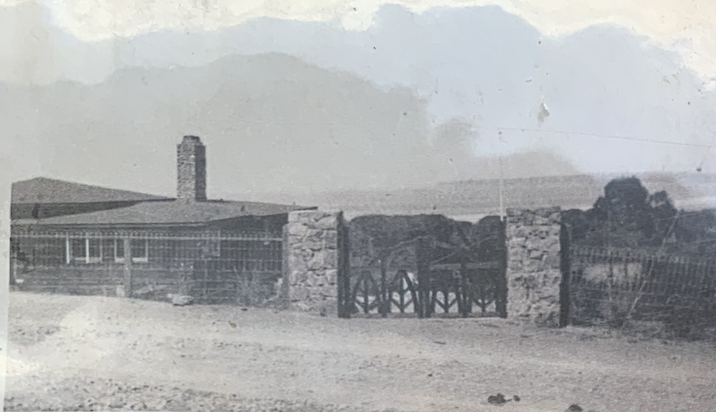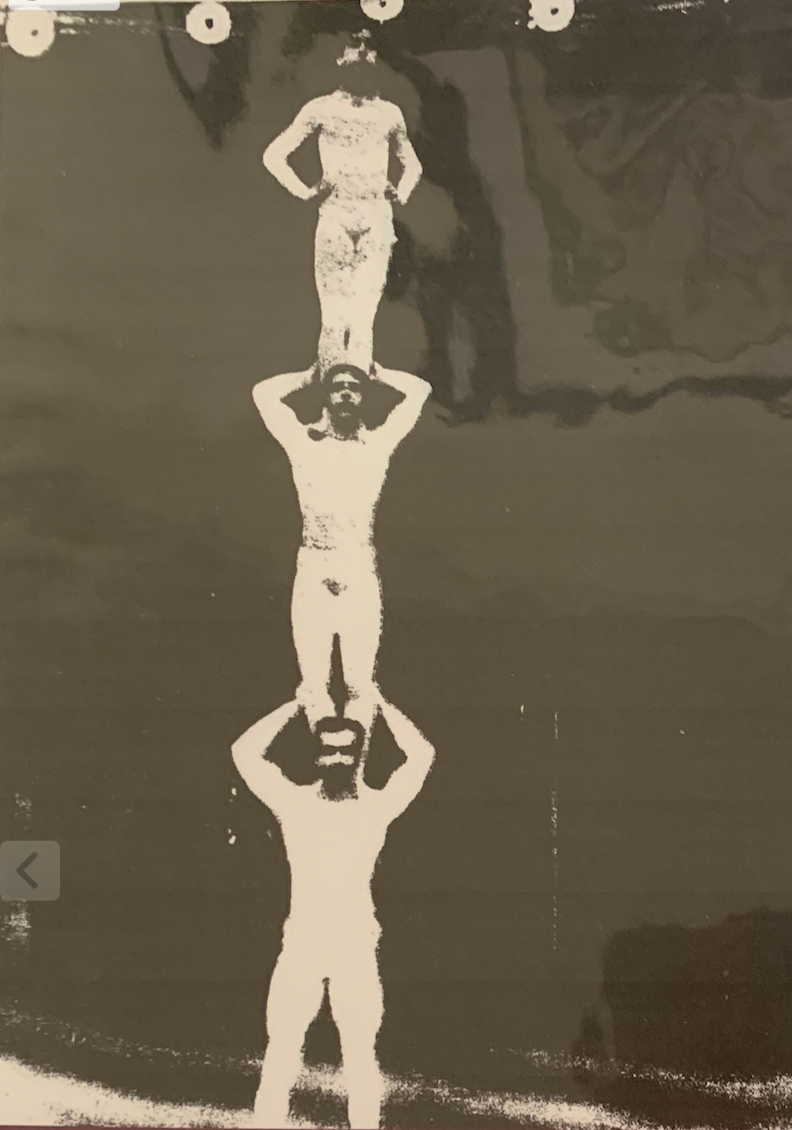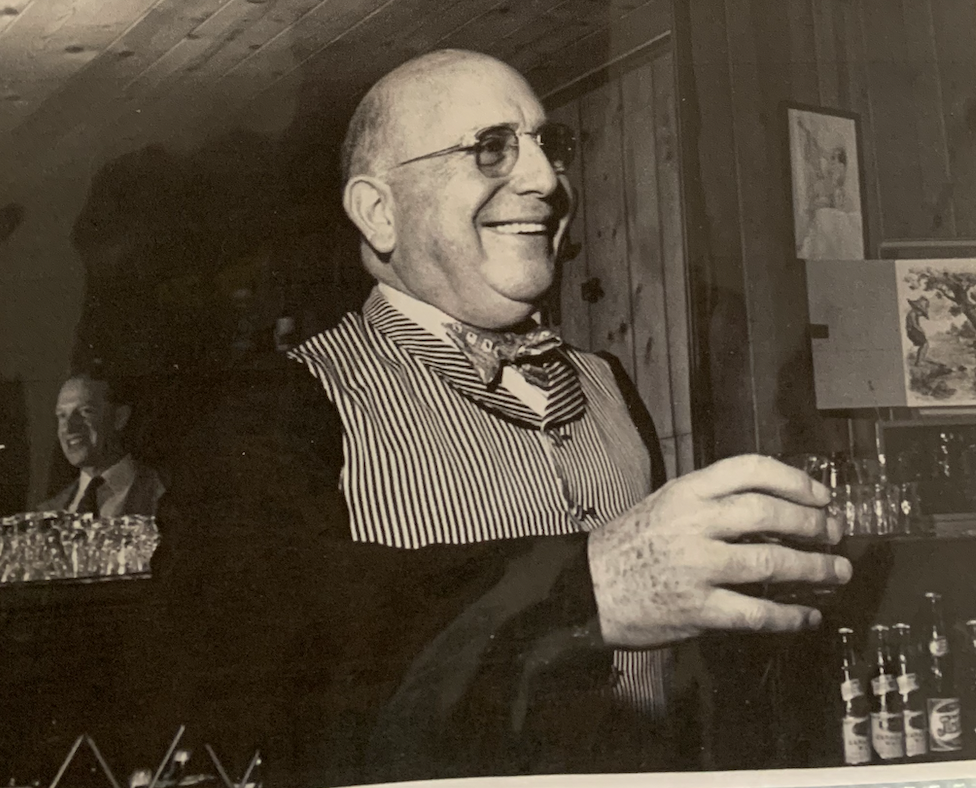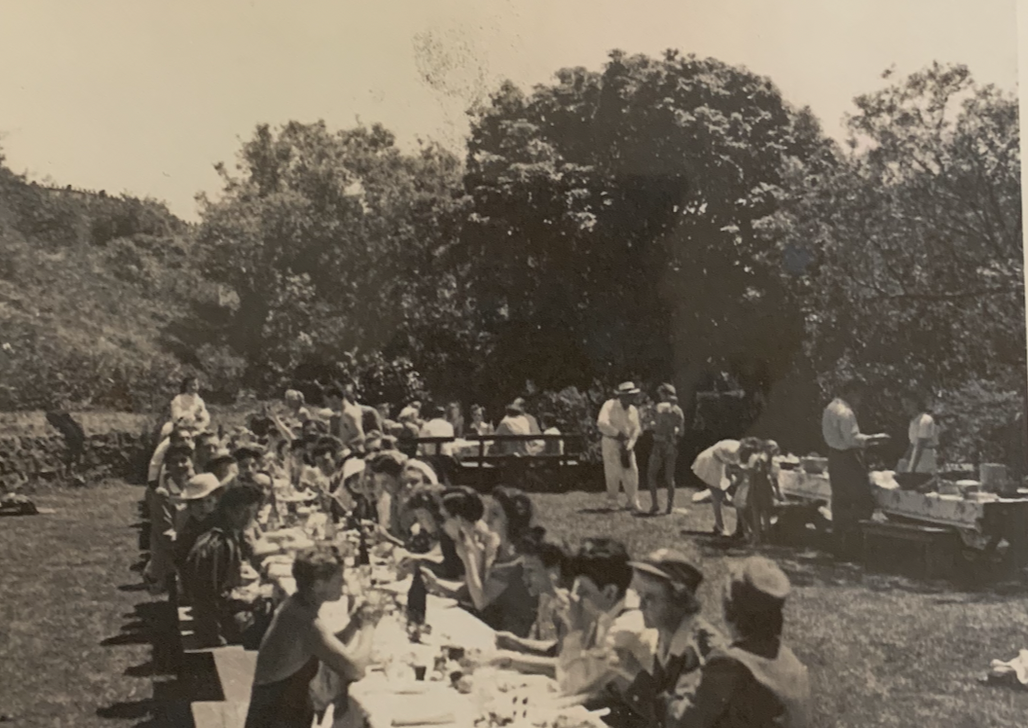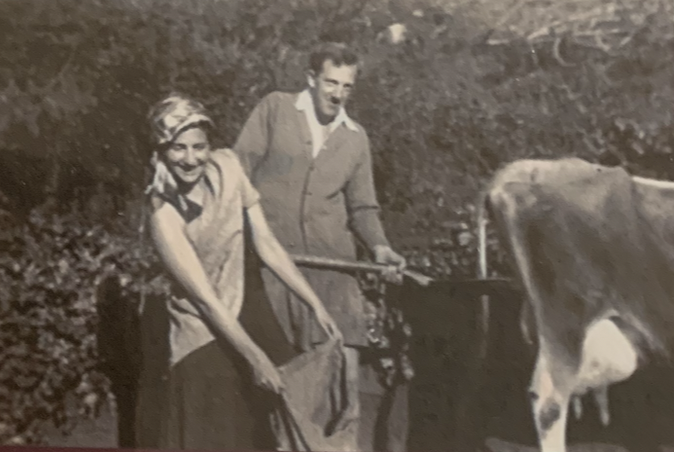The History of Willow Camp
Formerly known as The Chevalier Estate, Willow Camp is located near the northern end of Rancho Saucelito, an area once owned by Mexico and granted by Governor Alvarado of Alta California in 1838. Some eighty years later, William Kent, after whose father Kentfield was named, owned much of the land in today’s Stinson Beach.
The Chevalier Estate owes its basic form to the Lansburgh brothers, Simon Lazarus and Gustave Albert, known by their middle names Laz and Albert. They had come to San Francisco with their widowed mother Rebecca from Panama City, then part of Colombia, in 1868 on the Royal West India Mail Steamer Tyne.
Rebecca, a native of Jamaica, found work doing custom embroidery for the Buyer & Reich department store. Unfortunately, she shortly died of tuberculosis, leaving her 8- and 12-year-old sons orphans.
Albert, the older, accompanied the son of the wealthy real estate developer Harvey Toy to France as chaperone. There Albert became one of only 15 foreign students to be admitted to the École des Beaux-Arts in Paris, graduating with honors.
After an initial apprenticeship to architect Bernard Maybeck, Albert built many public and private buildings, such as the S.F. War Memorial Opera House (with Arthur Brown, Jr.), and the Shrine Auditorium where the Academy Awards were long held in Los Angeles. He became known as “dean of American theater architecture” for his more than 50 opulent vaudeville theaters and movie palaces nationwide, especially for the Orpheum circuit. Many of his buildings have been declared cultural monuments and lovingly restored.
His brother, Laz Lansburgh, made the first of five separate purchases of what was to become the family’s estate from what Kent called Sea Downs, along with a right of way to the beach. In 1916 the town was officially named Stinson Beach, and the following year Laz commissioned his architect brother Albert to build a redwood house on the slope overlooking the Pacific Ocean.
At first, the house only consisted of the front room, the living room with its uniquely beamed ceiling and inglenook fireplace, and adjoining kitchen and bedroom.
Laz spared no expense, hauling rounded river stones for the inglenook from the Russian River with a horse and buggy, and bringing in imported hardwood for the floors. He even installed one of the first telephones in the area – the telephone number was 4.
Gustave Albert Lansburgh, architect of Chevalier Estate house
Laz, Albert, and unknown performing acrobatics, about 1893
During the aftermath of the 1906 earthquake, when they, like most residents of the city, were camping in Golden Gate Park, Laz Lansburgh and Ethel Newman fell in love. They married shortly thereafter, and their daughters Barbara and Anne were born in 1907 and 1911.
Laz in the Speakeasy at the Lodge at Willow Camp with Haakon Chevalier in the background.
Laz’s and Ethel’s daughter Barbara inherited the property and, in 1931, married Haakon Chevalier, a distinguished professor of French literature at UC Berkeley. Through their partnership, Willow Camp evolved into a cultural sanctuary—a place where art, music, and conversation flourished amidst the tranquility of Stinson Beach.
Over the next half‑century, Barbara split her time between San Francisco and Stinson Beach, cultivating the estate as a vibrant gathering spot for musicians, thinkers, and artists. Their stewardship was rooted in a deep appreciation for creativity and community, inviting luminaries to form a haven of shared experiences during tumultuous times.
Willow Camp and Oppenheimer
In the early 1940s, Haakon Chevalier’s close friendship with physicist Robert Oppenheimer of the Manhattan Project placed Willow Camp at the periphery of one of the most discussed episodes in Cold War history. Known later as the “Chevalier Incident,” it stemmed from a conversation between the two men during the tense years of World War II, when questions of secrecy and loyalty were paramount. The matter would later resurface in Oppenheimer’s 1954 security hearings, and reflecting the political climate of the time Chevalier lost his job at Berkeley in 1950 after the House Subcommittee on Un-American Activities hearing. Unable to find another professorship in the United States, he moved to France, where he continued to work as a translator.
It would be hard to list all the well-known guests, but in addition to Robert J. Oppenheimer the painter Salvador Dalí spent much time at Willow, as Haakon Chevalier translated many of his books. Other frequent visitors were UN Secretary-General Eddie Hambro (the charter of the United Nations was drawn up in 1945 in San Francisco’s War Memorial Opera House), the poets Victor di Suvero and Muriel Rukeyser, the artist Jean “Yanco” Varda, and the philosopher, writer, and popularizer of Buddhism, Alan Watts, and the architect Rudolph Schindler who also redesigned what we today call the Carriage House. It is said that it is the northern most of his creations.
What endures is the reminder that Willow Camp was a place where some of the century’s most influential thinkers and creators gathered—not just Oppenheimer, but also artists, musicians, philosophers, and writers. The estate provided a haven for dialogue, creativity, and friendship, even as the world beyond was gripped by conflict and suspicion.
The muses at Stinson
Cast of Song of Norway at the original pool, 1947
With the Chevalier family’s theatrical roots, it’s no surprise that the garden’s “outdoor rooms,” framed by tall hedges, feel like stage sets. Over the years, the house and gardens became a backdrop for countless musical and dramatic gatherings. Laz was connected to the Orpheum Theater and Civic Light Opera, Ethel sang and played piano and their daughter Barbara, was also a pianist—so music was always in the air. Visiting cousins from Los Angeles, Mexico, Venezuela, and Brazil often arrived with guitars in hand, adding to the mix. When Barbara acquired a second piano, a Bechstein which is still in the living room today, the family staged piano “eight-hands” musicales; one evening, Cal Simmons, conductor of the Oakland Symphony, even led a spirited impromptu performance of the complete Carmina Burana.
The spacious house and gardens lent themselves naturally to both grand and intimate celebrations. In 1947, Laz and Ethel welcomed the entire cast of the stage musical Song of Norway to the property.
Decades later, a garden performance of A Midsummer Night’s Dream blossomed into Shakespeare at Stinson, a beloved annual tradition that drew audiences to Stinson Beach each summer until 2007.
THE GARDENS
THE CHEVALIER GARDEN “is all about entrances and exits, paths and passageways, rooms hinting at other rooms, other places, removed from everyday experience", notes Harriet Heyman in "The Living Rooms" in Garden Design. The gardens, which have been featured in numerous prestigious architectural and gardening publications, including the Williams-Sonoma and Smith & Hawkins catalogs and have been the setting for countless weddings, were originally designed by Sophia Lyt, the Dutch landscape architect who designed gardens in the Hague. Laz engaged her to plan the gardens when she was in San Francisco creating gardens for the Panama-Pacific International Exposition in 1915.
The gardens and houses have their own sweet water well. At one time, there were vegetable gardens, cutting gardens, horses named Betsy and Shemnas, chickens, honeybees, trout in the swimming pool, and a cow.
The original pool was dug by hand, edged with cobble stones, and now features lily pads and fish.
Barbara and Haakon Chevalier with their cow.
Today and Tomorrow at Willow Camp
As the current stewards of Willow Camp, we feel deeply honored to care for a place with such history and heart. Every day, we’re reminded of the generations of music, art, and conversation that have echoed through these gardens and rooms. Our hope is to preserve that legacy while also creating space for new stories, new voices, and new memories - and we invite you to be part of this story.
For us, Willow Camp is more than a historic estate — it’s a living, breathing home by the sea. We’re grateful to share in its past and to carry its spirit of creativity, community, and welcome into the future.


